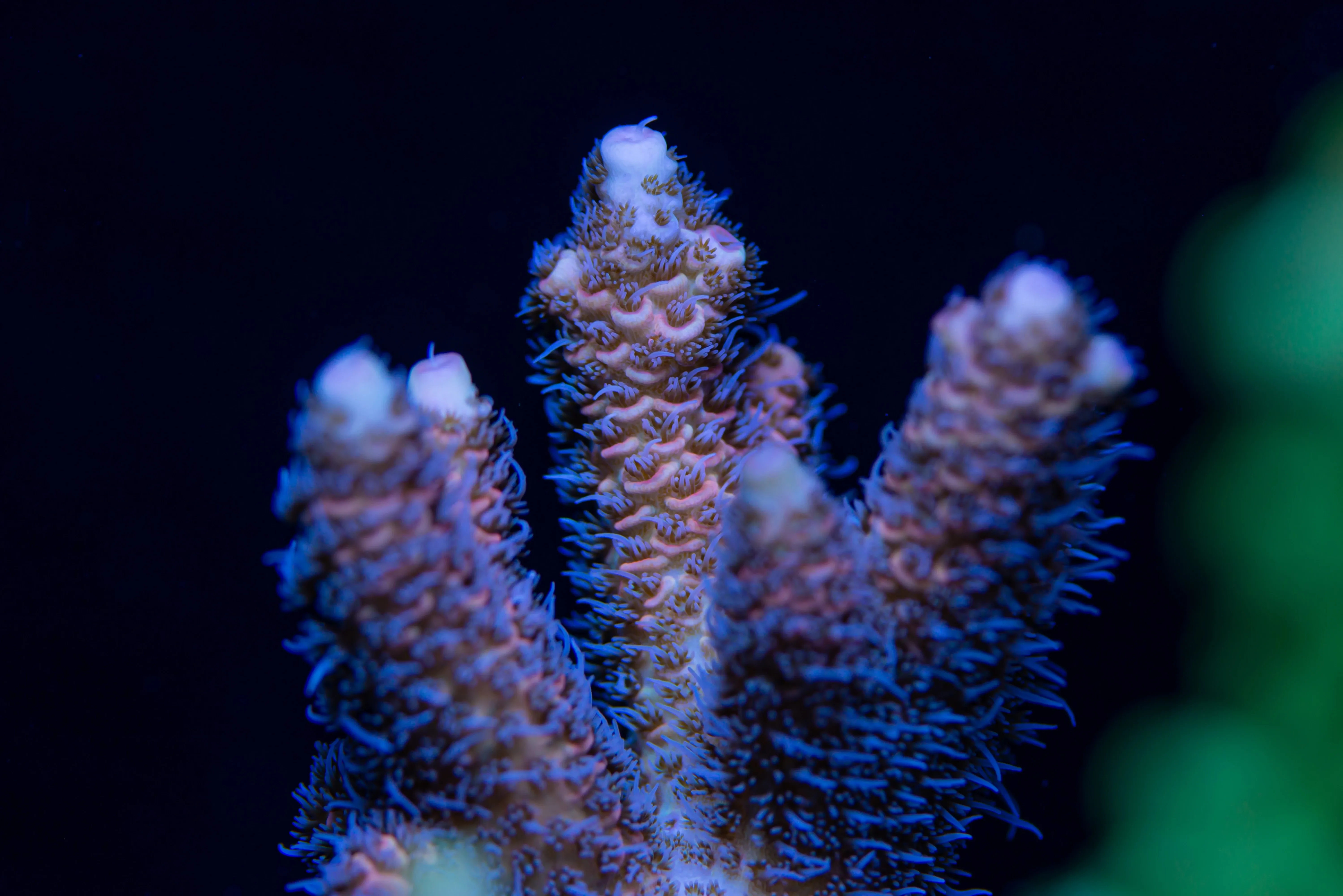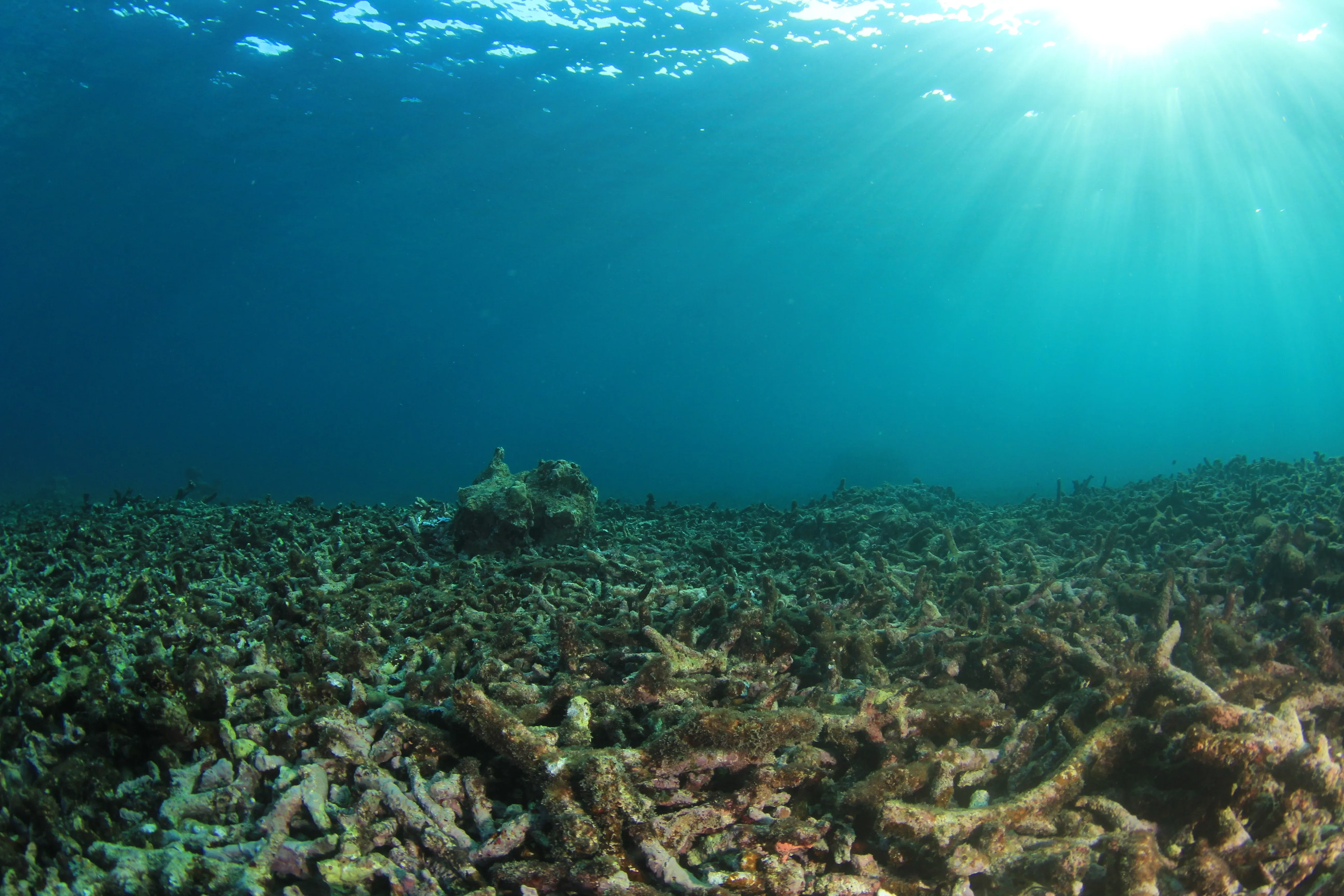How 3D printing can save coral reefs
Technology might not be the first thing that springs to mind when considering saving the planet. However, in recent decades, conservationists have joined forces with innovators and tech gurus to find sustainable solutions to environmental issues, such as saving coral reefs with 3D printing.
Tech-driven conservation initiatives are helping to solve problems as diverse as plastic pollution, poaching and power shortages. Some of the most exciting developments are those focused on restoring coral reefs, which are so critical to the health of our oceans.
Why do we need to protect coral reefs?
Corals are essential to marine life. Made up of millions of tiny creatures known as polyps, they cover just 1% of the ocean floor. Nevertheless, they are home to roughly 25% of all sea animals – a staggering two million or so. These living reefs also provide a buffer against strong tides and waves.
Their protection helps to prevent coastal erosion and damage to seafront properties. However, corals are currently taking a battering from a barrage of sources. These include mass tourism, population growth, pollution, and, particularly, global warming.

What is coral bleaching?
As sea temperatures rise, corals become stressed and expel the microalgae – zooxanthellae – that inhabit the tissue surrounding their skeletons. These minute algae give corals their brilliant colours. Furthermore, they convert waste matter into nutrients that feed the corals.
When they expel the zooxanthellae, corals expose their fragile limestone structures, leaving them vulnerable to damage and disease. The process is known as coral bleaching.
»I’ve always been obsessed with SCUBA diving and snorkelling. I noticed that a lot of the product-based artificial reefs seemed incredibly out-dated and did not provide adequate protection for all creatures that would use it.«
Coral bleaching events
This phenomenon was unheard of until 1964, when ocean salinity dropped suddenly and dramatically after Hurricane Flora in Jamaica. Between 1982 and 1983, the El Nino event precipitated the first mass global coral bleaching event ever recorded. This global warming crisis destroyed 99% of corals and all coral reefs in the Galapagos archipelago.
However, scientists regard the most devastating coral reef crisis in history as the bleaching of Australia’s Great Barrier Reef in 2016 and 2017. The Great Barrier Reef is the world’s largest coral reef, running roughly 1,200 kilometres along the continent’s east coast. Approximately 50% of its coral died in those two years.
A study published in One Earth journal in 2021 revealed that the world has lost half its global corals since the 1950s.
3D coral reef restoration projects
Artificial coral reefs are not a new concept. People have created them for many years by depositing concrete blocks or defunct vessels onto the seabed. However, 3D printing is taking this idea to the next level by creating imitation reefs that better resemble true hard corals. And these projects are underway in places as diverse as Australia, the Arabian Gulf, and Hawaii.

3D printing makes it possible to produce organically-shaped fake corals with curves, crevices, holes, and grooves. These nooks and crannies provide shelter from predators and, therefore, are more attractive to species that inhabit coral reefs. Furthermore, many of these artificial reefs are more resistant to climate change and other environmental threats.
However, innovators are pushing the powers of 3D printing even further to restore coral reefs. The following organisations have devised ingenious ways of utilising the technology to its maximum potential in reef restoration.
»Sandstone, unlike concrete, is closer to a natural earth rock and has a pH-neutral surface, which makes it more attractive to coral larvae looking for a home.«
Reef Design Lab
In 2013, a young Australian industrial design student named Alex Goad came up with a novel solution to coral damage. His Modular Artificial Reef Structures (MARS) are 3D-printed structures that mimic natural corals in size, shape, and form. Moreover, they can be built in a Lego-like format, adding pieces to the original structure over time.
Consequently, small vessels can carry individual reef elements to the deployment sites as their capacity allows. Once these boats arrive at the relevant destinations, team members fill the 3D components with a mixture of steel and cement. MARS divers then take these artificial reef facets underwater to install them. This piece-by-piece process eliminates the need for heavy machinery or large boats to transport the MARS system.
Since coming up with this innovative conservation concept, Goad has established his own business, Reef Design Lab. The company focuses entirely on reef restoration and ocean conservation. In addition to MARS, Goad’s team is currently working on other 3D printing projects to further this aim.
These include the Living Sea Walls Project, a 3D-printed coastal defence that mimics actual rocky shores, complete with small pools and imitation mangrove roots. These barriers have been installed in Sydney Harbour and attract far more marine species than flat walls. Since then, Goad’s company has worked with other enterprises to install Living Seas Walls along Gibraltar, Wales, and Singapore coastlines. The project was one of the finalists nominated for the 2021 Earthshot Prize in the Revive Our Oceans category.
Reef Arabia
Similarly, Reef Arabia is helping to offset coral reef damage off the Bahraini coast via 3D printing. The project’s efforts are desperately needed. According to the World Resources Institute, the region’s coral cover has plummeted from roughly 50% in the 1980s to less than 1% today. Reef Arabia’s team comprises local experts and researchers from Australia’s Sustainable Oceans International (SOI).
Founded in 2012, the company creates and deploys a variety of artificial reefs. These include its flagship ‘Reef Ball’ units, the Majfara Reef Replacement Unit, and the Seamount models. Furthermore, the company creates custom designs, including units that reflect traditional Arabian architecture. All Reef Arabia units provide suitable habitats for corals, fish, and other marine creatures. Besides its tailor-made products, the company’s creations mimic natural local rock formations, corals, and/or coastal caves.

The company began by constructing its Reef Balls from high-quality, durable marine concrete, free of toxic additives. Additionally, the material went through several processes to neutralise its PH balance, ensuring it did not alter the surrounding ocean environment.
Since its inception, Reef Arabia has produced and deployed more than 750 000 Reefs Balls worldwide. These structures have proved to be successful in over 70 countries. Units range from 20 kilograms to roughly nine tons in weight.
Since then, Reef Arabia has moved on to creating more complex 3D reef models from sandstone. This porous rock closely resembles coral’s biochemical composition, explains David Lennon, a Reef Arabia team member and SOI director. Reef Arabia has deployed their products in locations across the Arabian Gulf and beyond with great success.
»Our recent research extends this work into a spatially explicit framework and makes for some really impressive 3D molecular maps. We found that patterns in bacteria and viruses that live on and in corals were mainly driven by ecological factors.«
3D Mapping
However, scientists have not stopped at 3D printing to protect coral reefs. A team of researchers from several leading global institutions have developed and deployed a 3D mapping system to monitor coral colonies . The mapping technology is designed to detect various ecological changes in coral reefs. Specifically, the system identifies patterns of bacteria and viruses that inhabit and affect them. The study results appeared in the April 2021 Frontiers in Marine Science issue.
Specifically, the researchers discovered that bacteria and viruses in corals were affected by the interplay of algae and competing corals. Surveying corals via 3D mapping means scientists can detect subtle biological and health shifts in reefs almost immediately. Moreover, these warning signals enable them to facilitate any intervention strategies at the earliest stage possible.
These 3D innovations illustrate the valuable role that technology can play in conservation. Coral reef restoration is just one of the many projects utilising technology to preserve the planet. It is being used increasingly as a tool for marine, terrestrial, and species conservation across the globe.
Sign up for the newsletter
By clicking on “Subscribe now” I will subscribe to the Conscious Explorer newsletter with all the information about mindful travel. Information on the success measurement included in the consent, the use of the shipping service provider MailChimp, logging of the registration and your rights of revocation can be found in our privacy policy.









